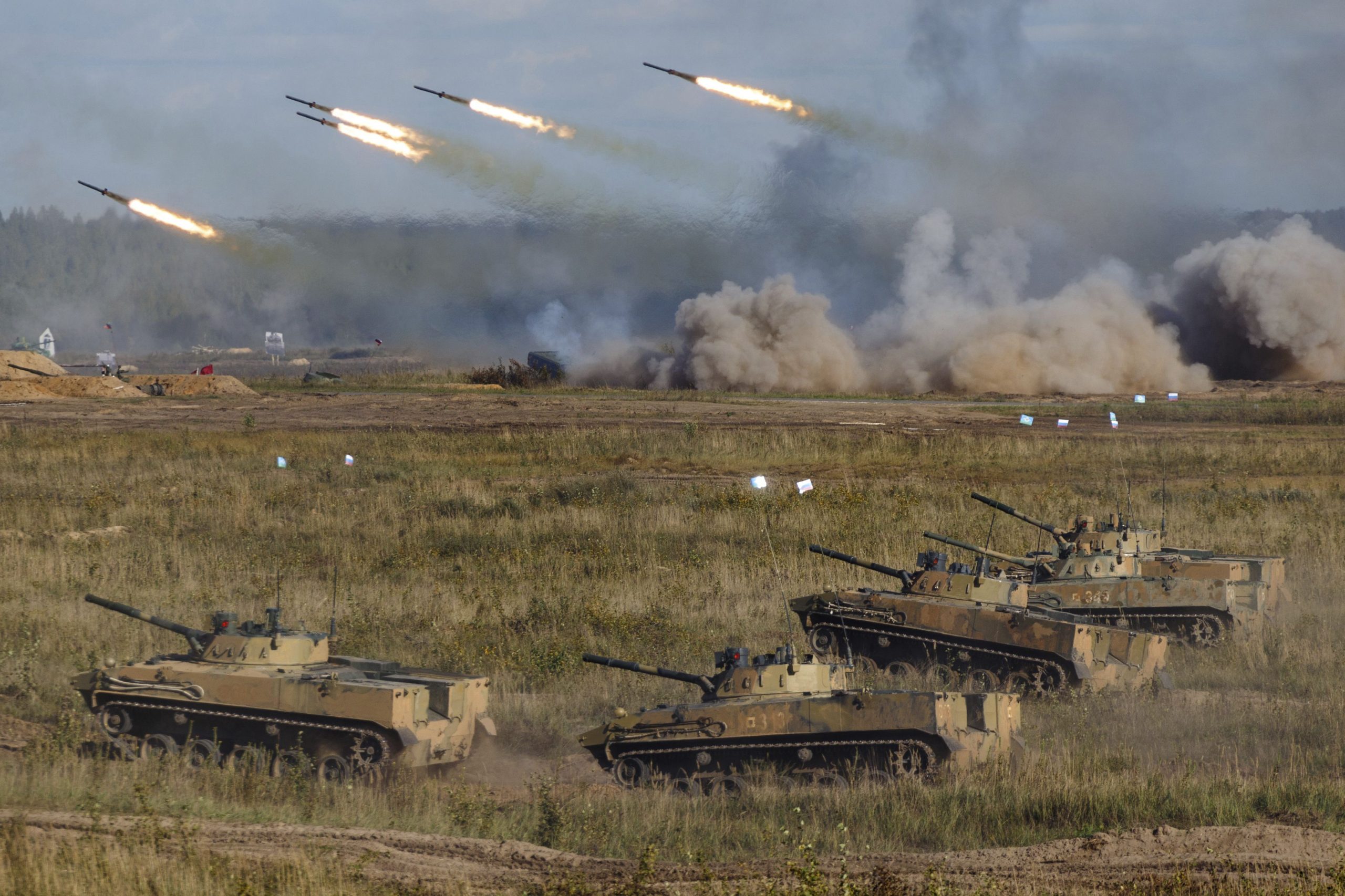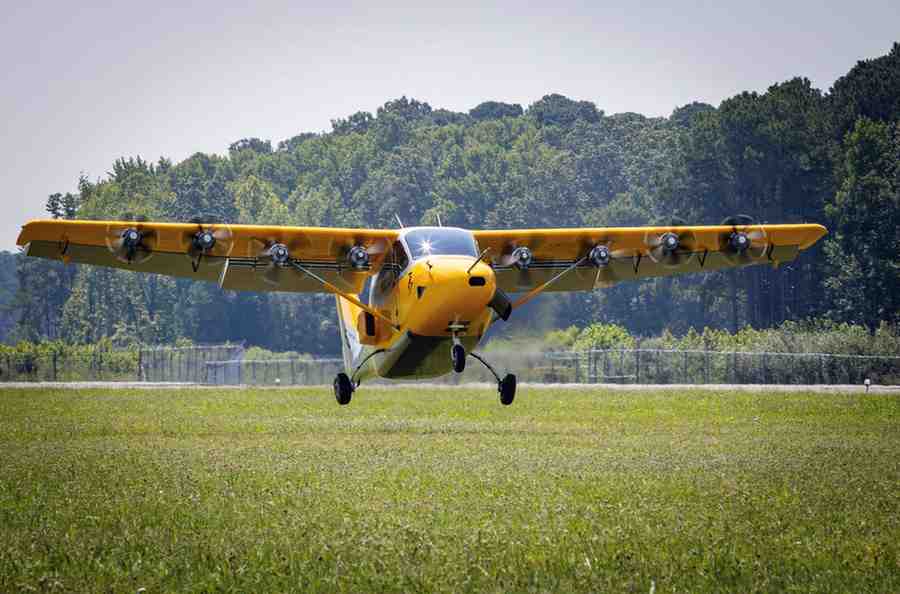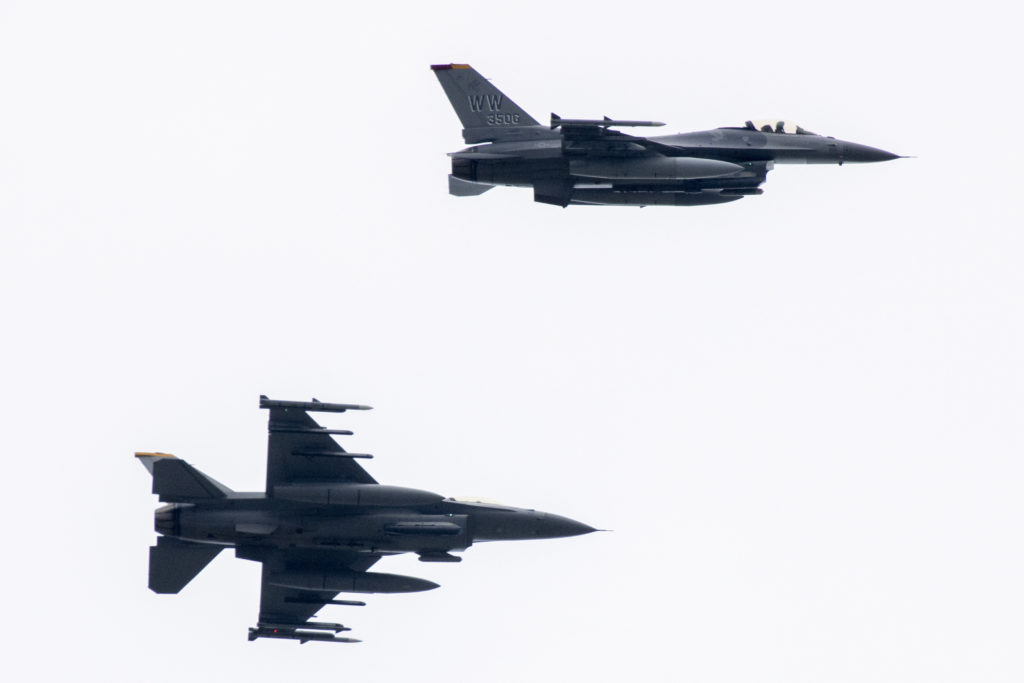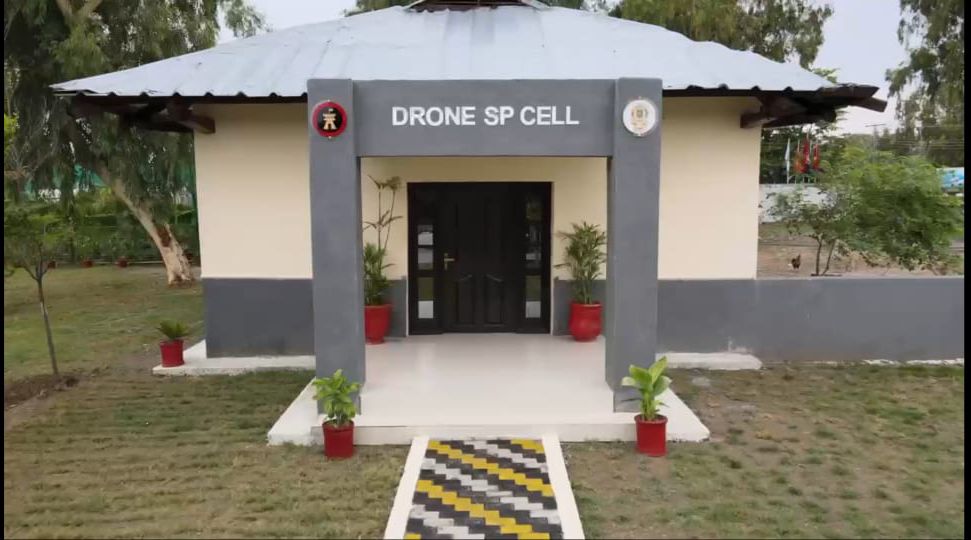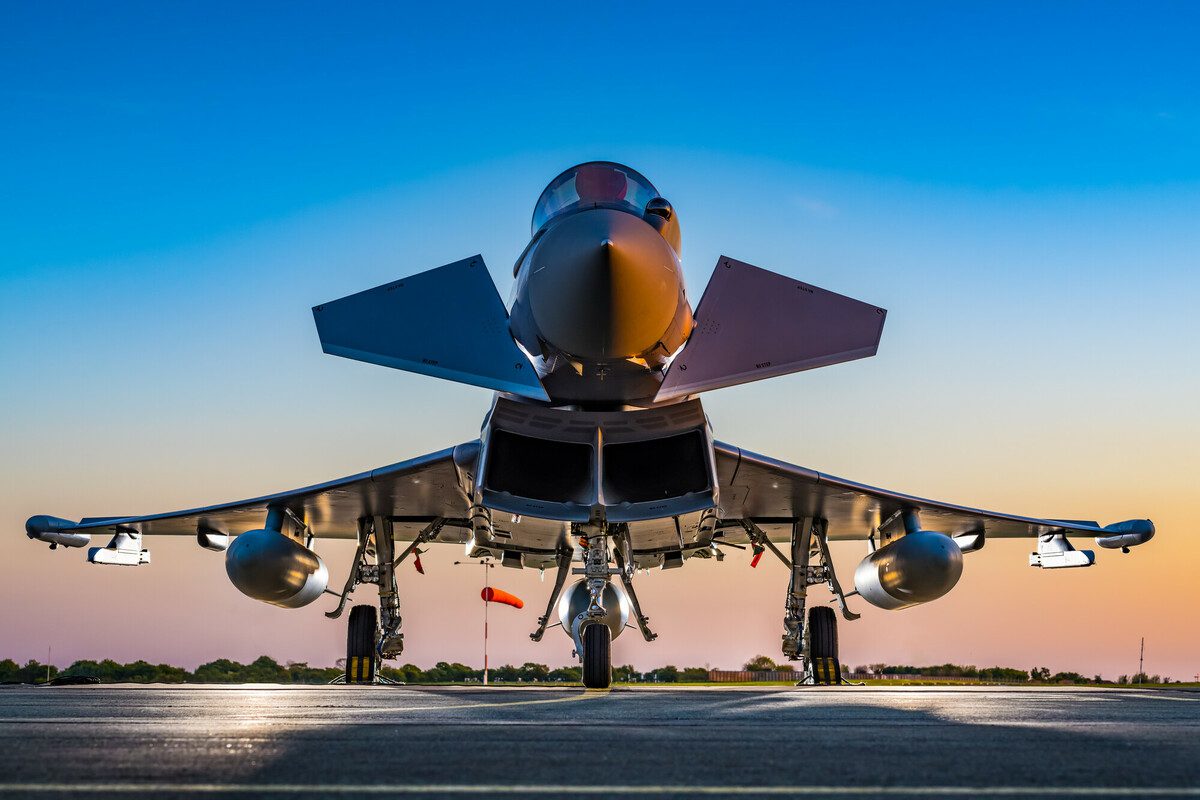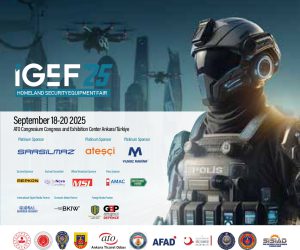Ukraine, a country sandwiched between Russia on one side, Belarus to the north, and the rest of Europe on the other side is now in limelight. Its geographical location has put it at forefront of 21st-century great power competition.
Currently, Ukraine is facing Russia along its eastern border where its forces are already fighting the separatists. While Russian president Vladimir Putin has been building up his forces along the border.
According to Ukrainian intelligence, there are now about 127,000 Russian soldiers there. On the other hand, the European NATO alliance is alarmed about the massive Russian military buildup on Ukraine’s Borders.
The intelligence sources suggest that Kremlin is in advanced stages of planning an invasion of Ukraine. While Russia has been refuting the allegations. The U.S and other big players have already been active to ease the tensions.
Here’re a few things to know about what’s going on right now.
Russia-Ukraine History
Ukraine and Russia were both parts of the Soviet Union (USSR). After the USSR broke up in 1991, they became separate independent countries. Russia is the most powerful country in the region. It considers a sense of responsibility and right as heir of USSR to keep its area of influence.
Russia sees Ukraine as its little brother and here is the reason it doesn’t want to let go off Ukraine. In 2013, things fell apart when it leans more towards its European neighbors in the West.
The then-president Viktor Yanukovych was about to sign a political and economic deal with the EU but instead, he signed a deal with Moscow which a lot of Ukrainians were dubious and saw as a sign of pressure from Russia.
Read More: THAAD has made its first combat kills, reports Defense News
The protests broke out Yanukovych was kicked out of presidency and new president Oleksandr Turchynov signed a long-awaited deal with the EU.
Russia already warned Ukraine to not pursue the deal and later on, in early 2014 President Putin made a big move and sent its forces into Crimea Peninsula.
The Peninsula had been part of Ukraine since the 1950s with majority of Russian-speaking population. Eventually, there was a referendum in Crimea under Russian forces, which Ukraine and the West said was illegal and against international law but the people there voted to join Russia.
Conflict in Eastern Ukraine
Although, nobody predicted in 2014 that Russia would attack Ukraine. The policymakers in West were caught off guard. However, things didn’t end up with Crimea, and conflict was kicked off in Eastern Ukrainian Donbas region.
The region consists of Luhansk and Donetsk with huge population of Ethnic Russians. In April 2014, pro-Russian separatists started taking territory and the fighting became a full-scale war between separatists and the Ukrainian military.
Read More: Sino-Iran-Russia naval exercises response to Western sanctions
The separatists took control of two areas, eventually, naming them the independent people’s Republics of Luhansk and Donetsk.
Russia was accused of backing the separatists with troops and weapons. Although, Moscow has always denied it. Eight years later diplomatic initiatives to resolve the crisis have basically failed.
More than 14,000 people have been killed with 1.5 million forced to leave the area. The status of Eastern Ukraine still hangs on with continued fighting.
NATO Expansion
NATO military alliance was founded by Western countries after WW II to band together against the USSR. Although, Russia tells that the US promised to not allow NATO expansion thus, keeping the Russian interests in mind.
Though, since the end of Cold War, NATO has reoriented itself with expanding the alliance to Eastern European countries.
NATO now includes countries that Russia sees as being in its backyard like Poland, Bulgaria, and the Baltic states, and believes that’s a threat to its own security.
Meanwhile, Ukraine’s been getting a lot of military support from the West and is now closer to NATO. Russia doesn’t want Ukraine to be next on the list.
Russian Invasion?
Reports suggest that the situation along the frontlines is tense. Any single shot on either side can break the conflict into a full-fledged war. Russian soldiers along with hundreds of tanks and lots of heavy artillery are in place facing the Ukrainian forces.
Russian military experts say that the missiles positions are different from earlier. According to foreign policy, Russia already appears to be sending its Iskander precision-guided missile to the front lines, covered in tarps, according to videos revealed on TikTok.
Read More: Israeli military undergoing largest rearmament in years eyeing Iran
Russian President Putin recently made some pretty big demands with legal guarantees that NATO will stop any kind of military cooperation with Ukraine and rule out NATO membership for Ukraine.
Although, the US has not accepted the demands. It has started talks in Geneva along with consultation of other European allies.
U.S. and NATO Response
Although, there is a wide gap in understanding the situation and what Russia is trying to follow. There are different views among experts as some believe it is part of a bluff to scare the West and especially the U.S.
While others believe that it is not only about NATO but it has more to do with internal Russian politics. The Ukrainian experience of democracy eventually harms the political setup in Russia.
The U.S and its allies as a response to Russia have been threatening tough sanctions in case of invasion. The US has supplied Ukraine with some sophisticated weapons to shore up its defense.
Read More: US and Russia hold high-stakes talks on Ukraine
However, experts question the health of sanctions as Russia has been under harsh sanctions since 2014. It has evaded and to more extent accepted to live with sanctions.
Meanwhile, Russia as the 40% energy supplier of the European countries harms the economic benefits of EU countries.
While the U.S, Russia, and others have been holding talks with an idea to calm things down and avoid a war no one seems to be budging.
The U.S President highlighted the internal disagreement among allies to counter Russia. The stakes are high for NATO, Ukraine, and Russia. Any possible solution through diplomacy can only calm the tensions.
- Global Defense Insighthttps://defensetalks.com/author/umair/
- Global Defense Insighthttps://defensetalks.com/author/umair/
- Global Defense Insighthttps://defensetalks.com/author/umair/
- Global Defense Insighthttps://defensetalks.com/author/umair/


